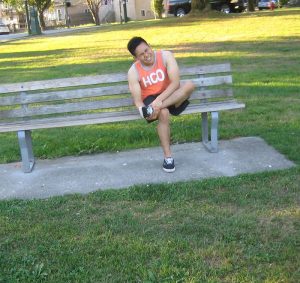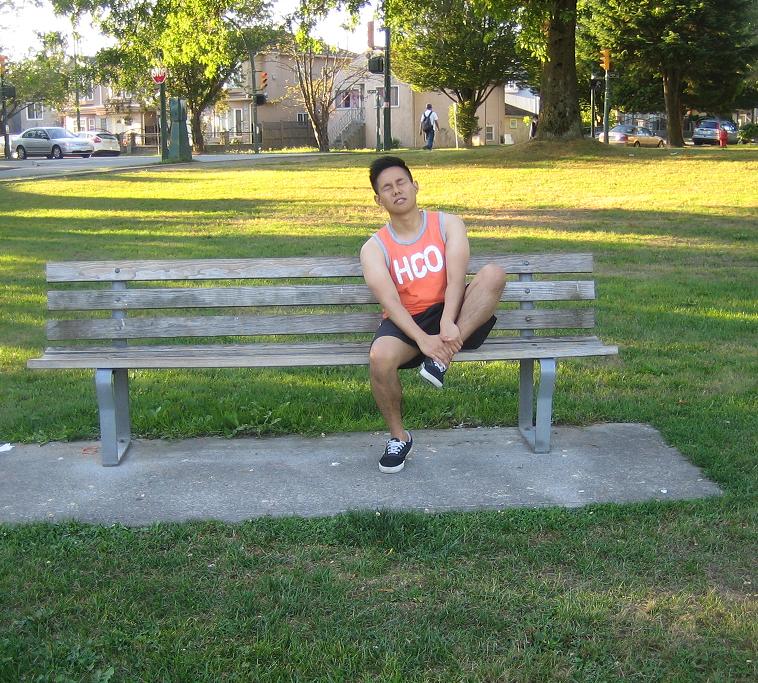Bunions are a bony developments on the interior of the foot, at the bottom of the big toe. It is due to arthritic deviations in the foot or abnormal structure of the bone. Bunions are chronic sprains on the joint that pushes the big toe towards the 2nd toe, and result to crowding and deformity of the forefoot.
Causes
- Inherited type of foot
- Injuries on the foot
- Deformities present at birth or congenital
- Wearing tight, high-heeled or very narrow shoes
- Inflammatory type of arthritis such as rheumatoid arthritis
Symptoms of bunions

- Swelling, redness or soreness around the joint of the big toe
- A bulging bump can be seen outside of the bottom of the big toe
- Calluses or corn can develop where the 1st and 2nd toes overlay
- Limited movement of the big toe if arthritis affects the toe
- Persistent or intermittent pain
Treatment
- Wear properly fitting shoes. Avoid wearing too narrow shoes to prevent crowding the toes especially the big toe. Wear shoes with wide toe boxes, a good support for the arch and conform to the shape of the affected feet to prevent making the condition worse.
- Apply ice or anything cold on the affected area to lessen the swelling and numb the pain for at least 10-15 minutes every hour until the swelling and the pain totally disappears. Another alternative is using a bag of frozen vegetable such as corn or pear is good for the condition. Avoid ice directly on the skin. Wrap whatever ice therapy is used using a towel or a piece of cloth before placing to the area to prevent ice burn and worsen the condition.
- Elevate the area above the level of the heart to lessen the swelling. Raise the area in couple of pillows to keep it elevated.
- Take the prescribed over-the-counter medications such as acetaminophen, ibuprofen and naproxen to lessen the pain.
- Prescribed injections of cortisone to lessen the pain and the inflammation.
Additional measures
- In tub filled with warm water, add a cup of Epsom salt, mix them well until salt is totally dissolved. Soak the entire foot in the solution for at least 20 minute every day, first thing in the morning before performing exercises or going to work for flexibility of the bunion and lessen the symptoms of the condition.
- Wear the prescribed splint at night for structural support and leave it on while sleeping. Tape a plastic or metal splint on the affected toe to lessen the discomfort and readjust the joint.
- Use over-the-counter non-medicated bunion pads to lessen stress placed on the bunion and lessen the pain.
- Seek the help of a massage therapist and get a deep foot massage for the toes and Achilles tendons to lessen the muscle tension, increase mobility of the joint and proper flow of blood in the area. After the massage drink plenty of water to flush out inflammatory by-products from the body to prevent mild nausea and headaches.
FACT CHECK
https://orthoinfo.aaos.org/en/diseases–conditions/bunions/
https://www.webmd.com/skin-problems-and-treatments/ss/slideshow-about-bunions
https://www.mayoclinic.org/diseases-conditions/bunions/symptoms-causes/syc-20354799

